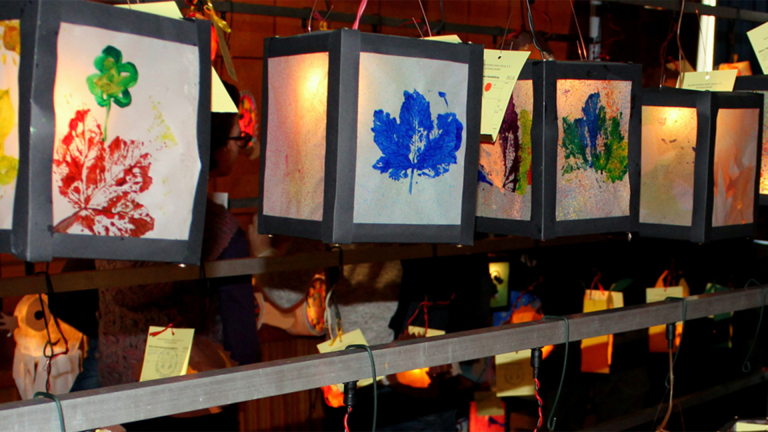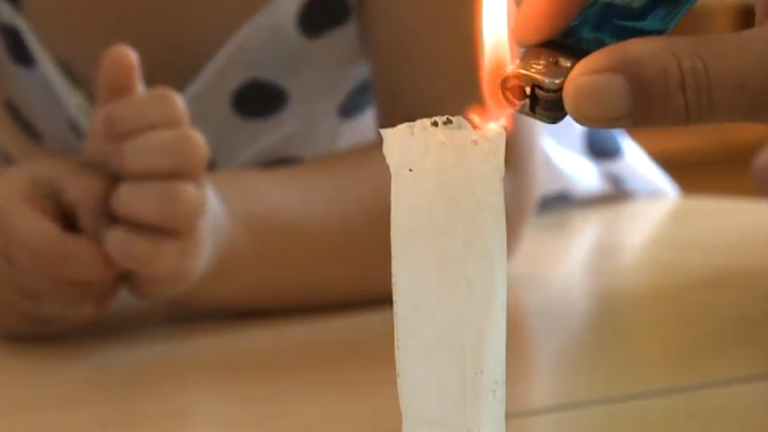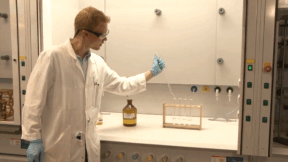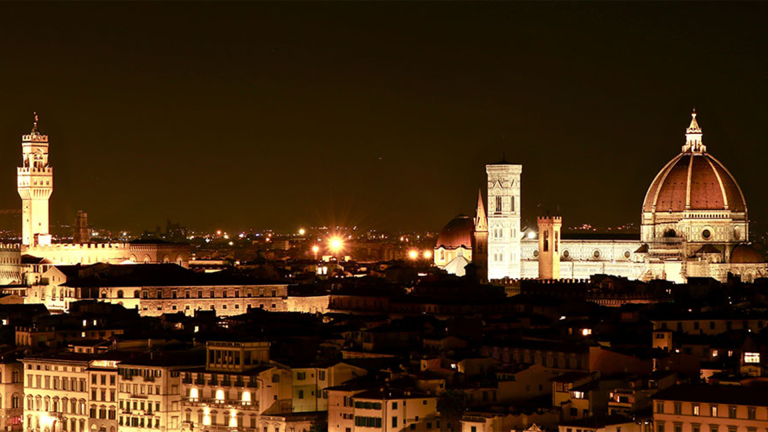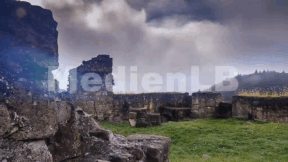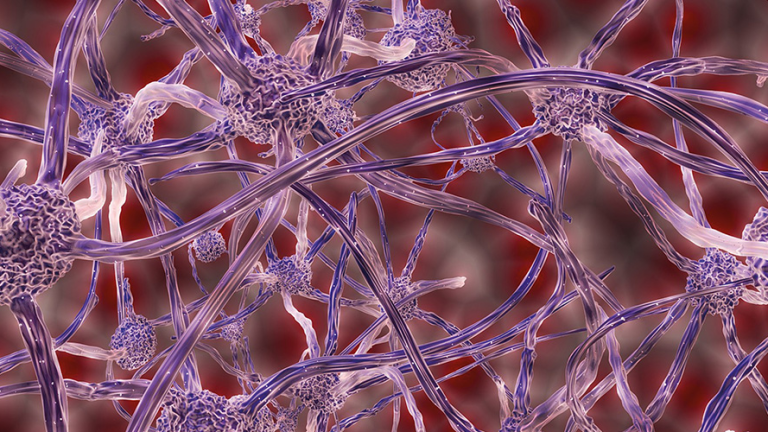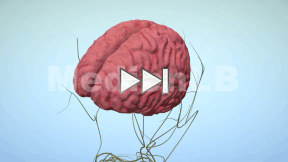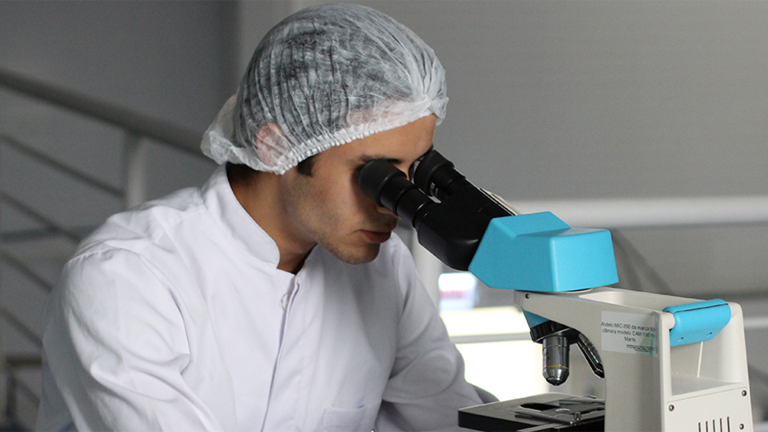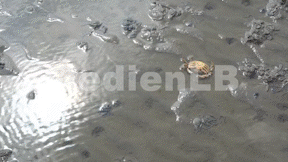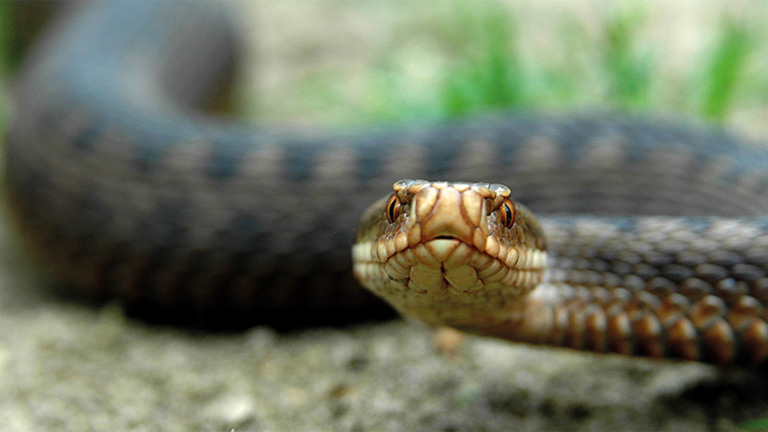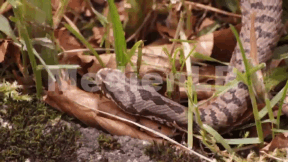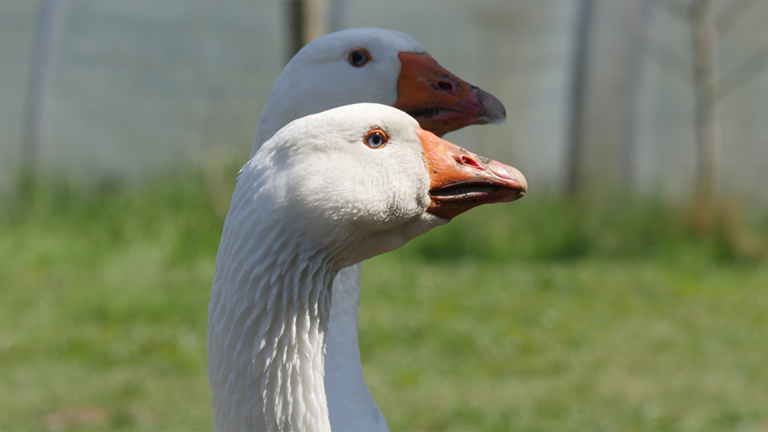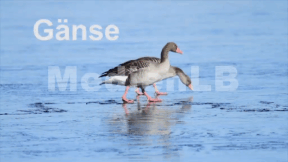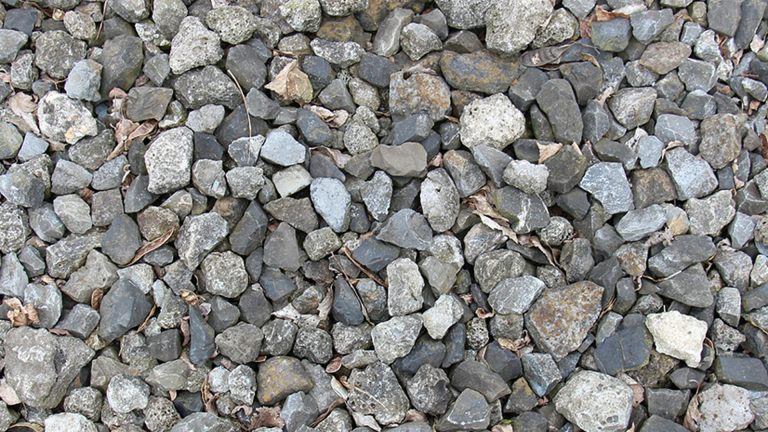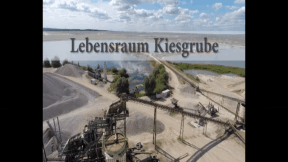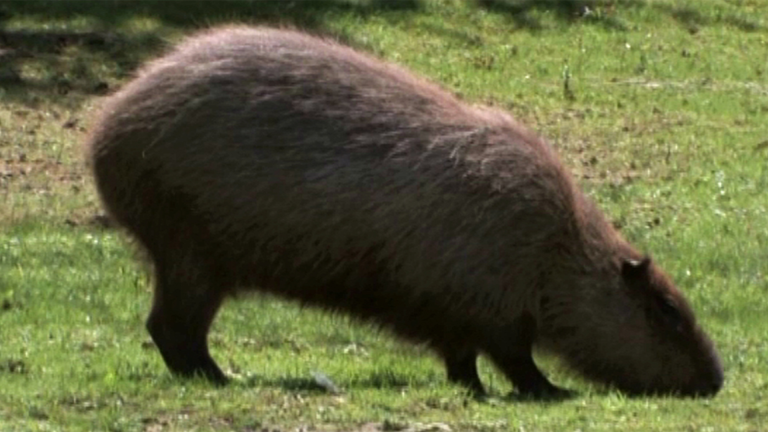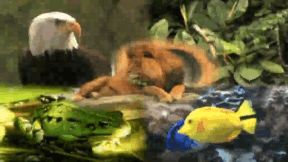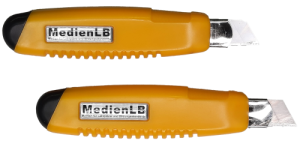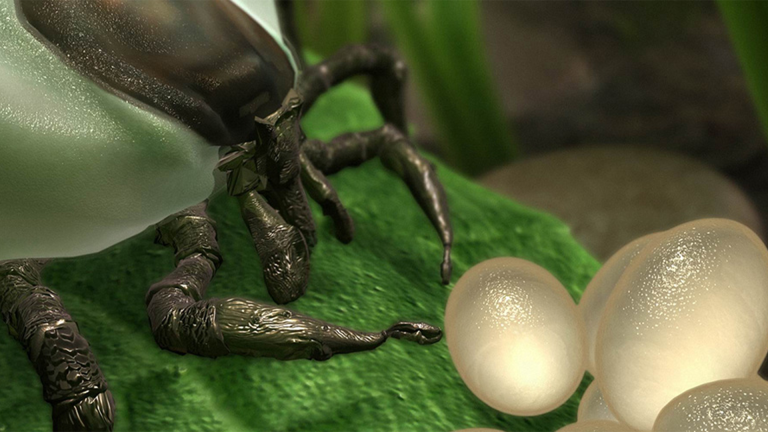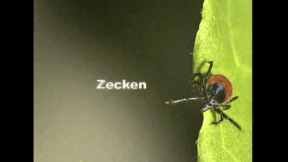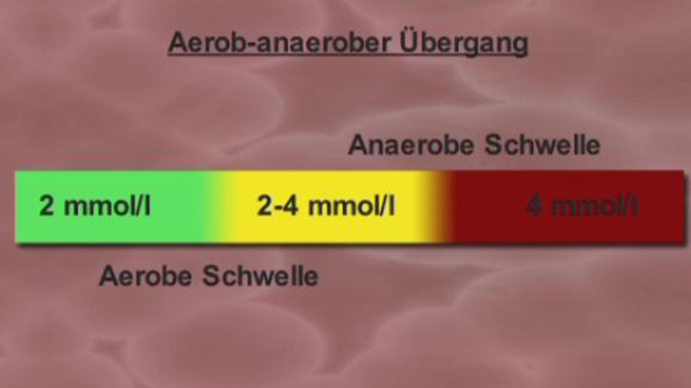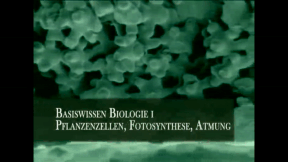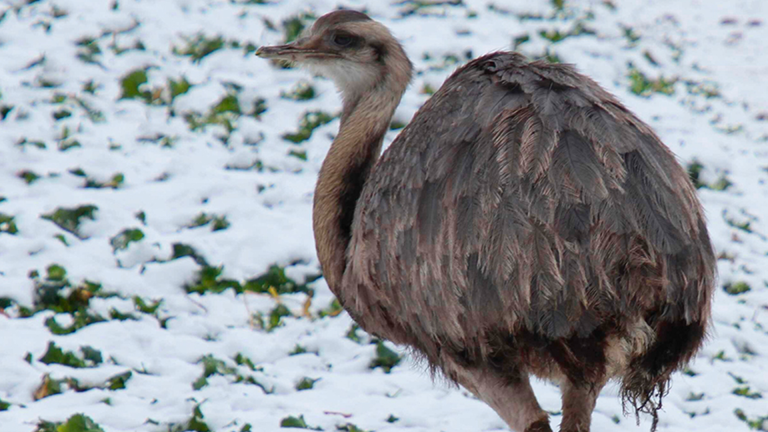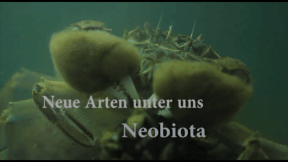Suche:
- # Artistry
- # Biology
- # Chemistry
- # Ecological
- # Economy
- # English
- # Foreign Language
- # Geography
- # German
- # Health
- # History
- # Informatik
- # Latin
- # Mathematics
- # Media Education
- # Music
- # Physics
- # Politics / Civics
- # Preschool
- # Primary School
- # Religion
- # Society
- # Sports
- # Technology
- # Training of Teachers
- # Vocational Education
Saint Martin
Every year on November 11, Saint Martin’s Day is celebrated. This church festival is also referred to as Saint Martin’s Feast.
Learn moreResearch Made Easy
There are people who much enjoy finding out things that nobody has found an answer to yet. These people are called scientists. They work to ensure that we humans are able to understand our world better. They discover lots of things that nobody knew before. Or they discover something that occurred so long ago that there is nobody who can remember it any more.
Learn moreRenaissance
While large parts of Europe still lived in the Dark Middle Ages and huge cathedrals dominated the cities, a new consciousness blossomed in Florence, Italy at the beginning of the 15th century:
Learn moreNeuronen
Was wir fühlen, wie wir reagieren, das wird gesteuert durch die Nervenbahnen unseres Gehirns. In dem Film wird das Nervensystem dargestellt und der Aufbau der einzelnen Nervenzellen erläutert. Welche Übertragungswege ein Reiz nimmt und auf welchen Wegen eine Reaktion ausgelöst wird, wird in anschaulichen Grafiken gezeigt.
Learn moreNatur erleben
Die Naturwissenschaften gelangen zu ihren Ergebnissen durch präzise Beobachtung, durch fundierte Hypothesenbildung, deren experimentelle Überprüfung und Auswertung. Vermittelt werden die Ergebnisse in einem festgelegten Kanon der Darstellung, sei es durch Schaffung eines anschaulichen Modells oder einer detaillierten Zeichnung, sei es durch ein aussagekräftiges Diagramm.
Learn moreCommon European Adder
The common (European) adder is extremely wide-spread across the globe.
Learn moreGeese
“They’re gabbling like geese”, “she’s such a stupid goose” or “silly goose”– those are commonly known sayings.
Learn moreBiotope: Gravel Pit
The forest has been cleared, the bridge is already in place, too. Only the road surface is missing.
Learn moreVertebrates
This DVD introduces the members of vertebrates group existing today, illustrated by various examples. The phyloge- netic development, which started in the primeval oceans, is shown in detail by means of homologous skeleton structures. The variations in the body’s basic structure in adaptation to the vertebrates’ respective needs, which resulted in today’s situation with vertebrates living in water, on land and in the air, are demonstrated by means of extant representatives of the class. The vertebrates group encompasses cartilage and bony fishes, amphibians, reptiles, birds and mammals. The modifications of those skeletal elements serving locomotion, from the fins of the fish to the wing span of the birds and the hands of mammals, are shown. This DVD is suitable for the topic of vertebrates for younger pupils or as a contribution to the topic of evolution illustrated by means of the development of vertebrates.
Learn moreTicks
Already the dinosaurs, which populated the Earth some 90 million years ago, were familiar with the tiny, dangerous pests, and the Greek poet Homer attributed healing and potency-enhancing effects to them in the late 8th century BC – however, only in pulverised form. The animals described are those clingy, blood-sucking mini-vampires – the ticks. In fact, they are parasites dangerous to us humans; not because of the amount of blood they extract but due to the diseases they can transmit in doing so. This film invites you to visit the family of the small parasites of the phylum Athropoda belonging to the class of Arachnida.
Learn moreBasics of BIOLOGY I
Basics of Biology examines general biological issues that help to expand and consolidate basic biological knowledge. The first film of this series deals with the structure of the plant cell. It centres around the structure and function of plant tissue such as the xylem, root cells and stomata as well as the functions of the chloroplasts. In the second chapter the issue of photosynthesis and the elements involved in it are dealt with. With tests and experiments impacts of light and CO2 on photosynthesis are demonstrated and explained. The third part explains human respiration. The rising oxygen consumption of a woman athlete brought on by physical effort on the moving walkway is shown. What happens when the physical stress becomes too strong and the amount of oxygen inhaled is no longer sufficient? The transition from aerobic respiration to anaerobic respiration is vividly illustrated. Together with the extensive accompanying material the didactic DVD is ideally suited for use in the classroom.
Learn moreNew Species in our Environment
More and more animal and plant species successfully spread far away from their original homes. They are organisms that with our assistance – or even alone – are disseminated further and further across the globe: they are called invasive species.
Learn more



